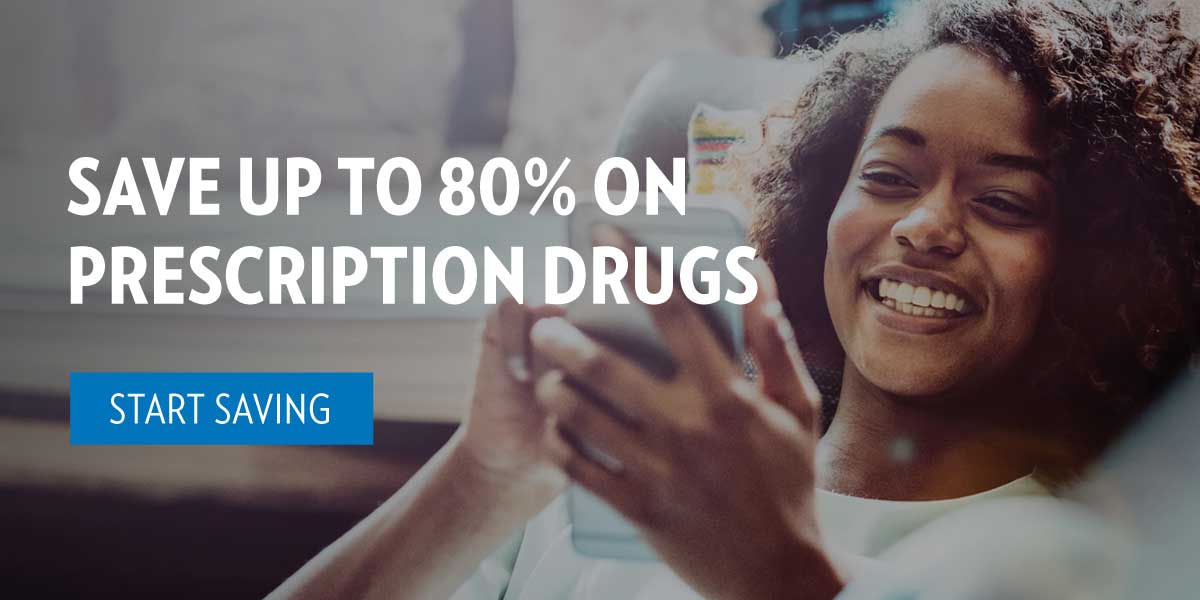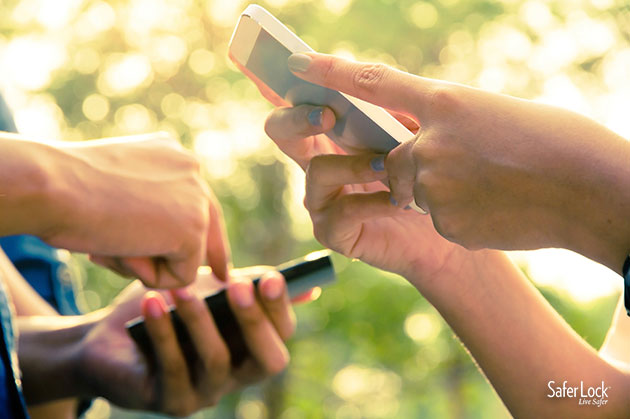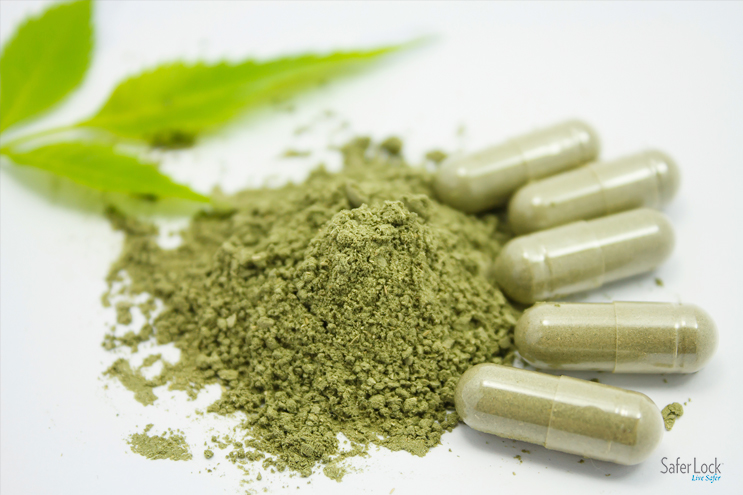Today’s teens face many of the same addiction risks that youth have faced for generations. Just like their parents and grandparents, our youth are faced with alcohol, drugs, and tobacco that can easily be misused and morph into lifelong dependencies. But your teenagers face many new risks to their safety and well-being, too.
The only way you can help your teen safely navigate the risks and dangers they face today is to fully understand what they face on a daily basis.
Today’s Teen Addiction
From social media to cyber bullying, vaping, and even legal marijuana, here’s a modern parent’s guide to teen addiction.

Social Media Addiction: Too Much of a Good Thing?
Today’s teens won’t remember a time before cell phones, tablets, or other mobile devices, and social media. Technology is a huge part of their lives. But there are risks of always being connected to a digital world, and social media addiction is one of them.
To you, social media may be just a way to connect with old classmates and family members on Facebook. But to your teen, social media is a complex world with its own set of societal rules and pressures.
And everything about social media networks is designed to keep users coming back for more.
Brain imaging studies have shown that getting “likes” and similar aspects of social media activity can stimulate the rewards center of the brain. And that means a potential for addictive behavior in your teenager’s developing brain.
Social media addiction symptoms are similar to other addictions: an ever increasing need to engage, and a bad feeling when not getting enough of it. And while it may seem like a “harmless” addiction, the reality couldn’t be further from the truth.
Research has linked a significant association between increased social media use and depression. The more time your teen spends on Instagram and Snapchat, the more likely they are to feel dissatisfied with their own lives, after seeing highly idealized versions of their peers’.
Social media addiction is just one of the perils that your teen faces from spending time on Facebook, Twitter, Snapchat, or Instagram. The other is just as dangerous… cyberbullying.
Cyberbullying: A Virtual Threat With Real Implications
After numerous teen suicides were linked to cyberbullying, researchers began to take a closer look at the health outcomes of teens who were bullied online.
Ten different studies have found a connection to cyberbullying and depression. Kids who are victims of cyberbullying are more likely to suffer in silence, often fearing that their parents may take away their internet if they confide.
And depression isn’t the only risk of teen cyberbullying, either.
Teens who are cyberbullied are at higher risk for substance abuse, as well as psychological and behavioral health problems.
Researchers found that 23% of teens reported being targeted online. That means nearly one in four teens has an increased risk of depression, substance abuse, and other health problems as a result of their social media activity.
E-cigarettes: The Harmful Effects of Vaping
Teen smoking has changed. Decades of anti-cigarette smoking campaigns has paid off, and fewer teens are smoking cigarettes today than ever before. But while cigarette use may be declining among teens in the U.S., the use of other tobacco products is on the rise.
E-cigarettes, or electronic cigarettes, are gaining popularity among teens and young adults. In 2011, only 1.5% of high school students reported use of an e-cigarette (aka “vaping”) within the past 30 days. Four years later, that number has jumped to 16%.
E-cigarettes have been marketed as a “safer” alternative to traditional cigarettes. The battery-operated devices convert liquid nicotine into a mist, or vapor, that the user inhales. The manufacturers state that removing the “smoke” from a traditional cigarette makes this a healthier option for your lungs, heart, and overall health. E-cigarettes often come in mint, cherry, coffee, bubble gum, soda, and even cotton candy flavors.
Research is linking the chemicals used in e-cigarettes to lung tissue damage, reduced immune function, inflammation, and an increased risk of cancer.
Teens who turn to vaping are not turning to a safer cigarette alternative. They are putting themselves at risk for nicotine addiction and health risks which could be far more dangerous than they think.
Legal Marijuana: A Teenage Take
States such as Oregon, Washington, Alaska and Colorado have began legalizing marijuana for recreational use among adults aged 21 and over. And that is having an impact on teen’s attitudes toward marijuana.
A recent NIDA (National Institute on Drug Abuse) study revealed the majority of high school seniors do not see marijuana use as harmful. When this question was asked of seniors in 1992, over 90% had the opposite response. Clearly, teen attitudes about marijuana have changed.
But are they right about marijuana as a “harmless” substance?
Teen marijuana use has been linked to disrupted brain activity, such as a drop in IQ as well as both structural and functional changes in the brain. These same effects have not been observed in adults, leading researchers to conclude that use of marijuana is more harmful to the developing teen brain.
Legalization of marijuana is leading teens to view the substance as not harmful, but early and consistent use could have negative effects on the developing teen brain. As a parent, you can help your teen by changing the conversation you have around marijuana to help them understand the benefits of abstaining from marijuana use during their teen years.
Prescription Pills & the Opioid Epidemic: A National Crisis
An estimated 52 million people have misused a prescription drug in their lifetime, and teens and young adults make up a large portion of this prescription drug abuse.
More than half of all misused prescription drugs are obtained free from a friend or relative. Teens are finding opioid painkillers, stimulants such as medication for ADHD, and anti-anxiety medications right in their own homes. This ease of access is leading to prescription drug abuse, addiction, and even overdose deaths in numbers that the country has never seen before.
Ease of access isn’t the only reason teens are turning to prescription meds to get high. Most teenagers are under the mistaken impression that prescription medications are less harmful compared to illicit street drugs, because they are legal and prescribed by a doctor. Your teen may not realize that the opioid painkillers in your medicine cabinet have the potential to be highly addictive, and even deadly, if misused.
The surgeon general recently sent a letter to every physician in America, asking for their help in addressing the opioid epidemic in America. This is an unprecedented step, and one that emphasises the significant health risk that prescription pills can pose to the public…especially our teens.
Medicine Abuse: Is it Happening in Your Home?
The medicine cabinet in your home is not only putting your teens at risk for prescription pill abuse, but for over-the-counter (OTC) medicine abuse and addiction, as well.
That’s nearly 2.5 million teens turning to the medicine cabinet in their homes to use cough medicines containing dextromethorphan (DXM) to get high. DXM is an ingredient found in over 100 OTC cough and cold medications. When taken in large amounts, the effects can be similar to dissociative drugs such as PCP or ketamine: euphoria, decreased sense of surroundings, and hallucinations. To get these effects, users take doses far exceeding the recommended safe amounts, often drinking an entire bottle (or more) of cough syrup at one time.
Teens have always had to combat addiction. But the risks your teen faces today are different than the ones you faced when you were younger. Telling your kids to “just say no” to cigarettes and alcohol and then sending them on their way just won’t cut it for a modern generation.
If you want to know what you can do to help your teens keep today’s addiction at bay, we’ve got you covered. Stay tuned for our next blog in this series: Preventing Teen Addiction: x Tips for Parents.




